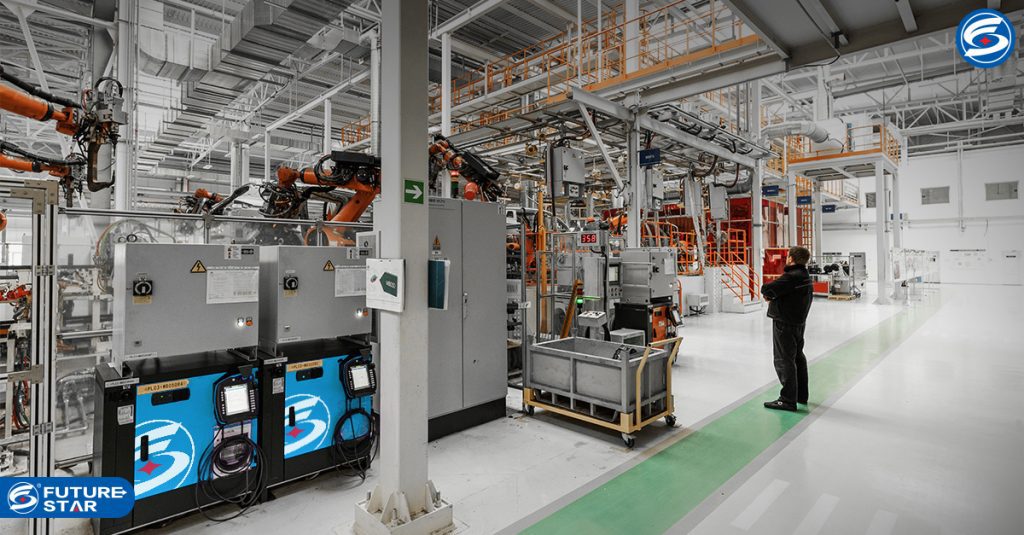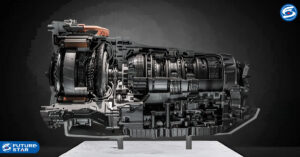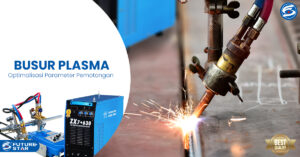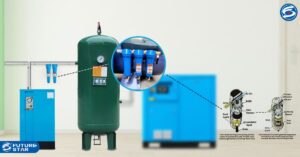By: Riza.Md
In general, all compressors use several basic parts as below:
– Electric, diesel, or gas motor to drive the unit
– One valve to enter and one valve to draw in and remove air
– An air end to compress the air and, if necessary, a storage tank to hold it for use
As a professional / engineer / contractor must certainly have knowledge in this matter, because the compressor is one of the most important tools in various fabrication activities or any project. In this article, we will provide a little information as additional literacy material on how to operate the Air Compressor when we are on project work.
The following can be noted several stages starting from the process of turning on the air compressor and turning off the compressor safely so as not to cause concern. ie:
To begin with, it is as follows:
– The first thing we have to do is open all the air compressor doors and make sure there are no obstructions.
– Check the oil and water levels in the unit.
– Start accessing the control panel to make sure the ball valve on the air outlet is closed.
– Start running the unit, you will see that the compressor air gauge should range from 40 psi to 70 psi.
– Allow the unit to reach idle revolutions per minute, which is usually between 1,200 rpm and 1,400 rpm.
– Press the service air button. At this point, the compressor should rise to regulate the pressure.
– Open the ball valve slowly.
One of the things you need to pay attention too is air quality and condensate management. Quoting in a research journal (theengineer.co.uk), Compressor explains that not all compressor users know and are fully aware that the condensate production from the air compression process can cause excessive moisture and contaminants in compressed air storage. This is because the air produced is by-product air that can be harmful to equipment and operational procedures, although in this case the operating process is also subject to strict environmental legislation regarding its safe disposal.








